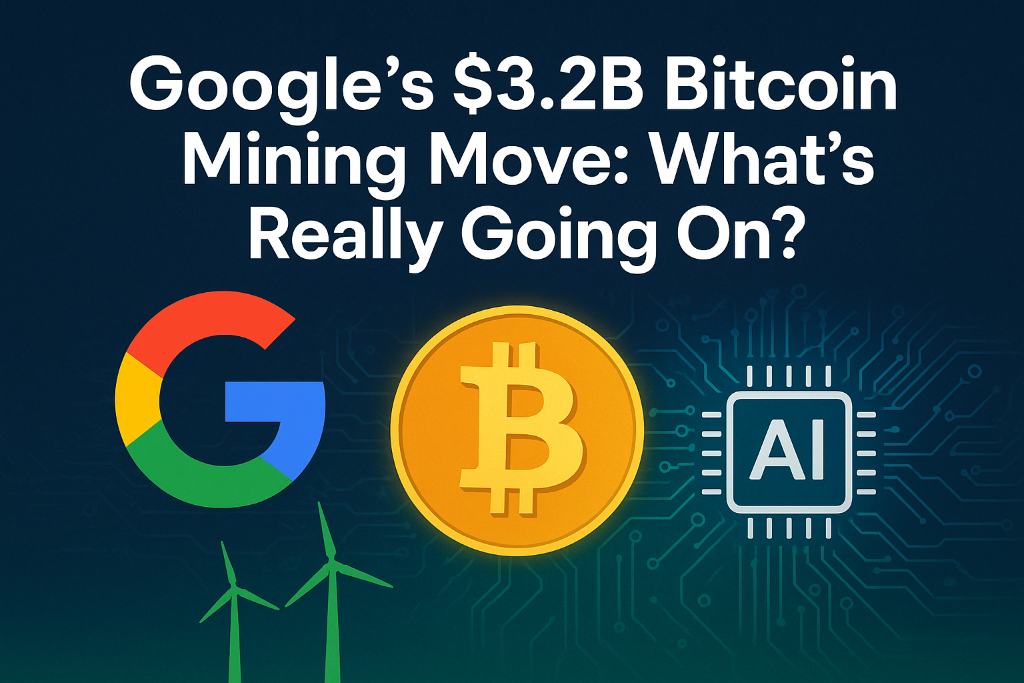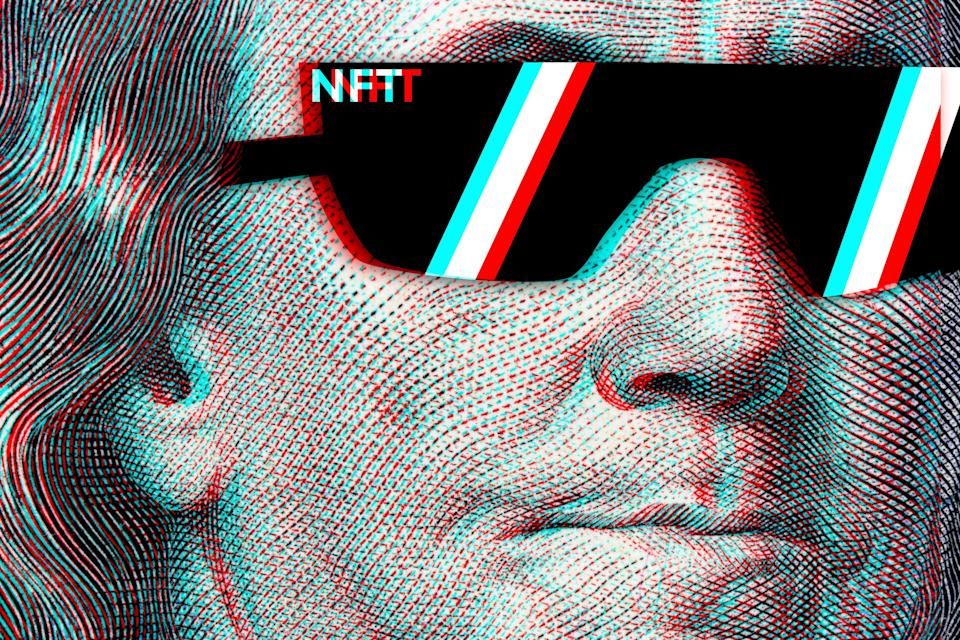When headlines broke that Google was taking a stake in a Bitcoin miner, it sparked confusion across both tech and crypto circles. Was the search giant suddenly pivoting into cryptocurrency mining? Not exactly. A closer look reveals something far more strategic: a multibillion-dollar play on AI infrastructure that happens to intersect with Bitcoin mining.
This deal highlights a powerful convergence between high-performance computing (HPC), green energy, and blockchain infrastructure—and it offers critical lessons for entrepreneurs, investors, and business strategists watching the future of tech unfold.
The Deal: Google, TeraWulf, and Fluidstack
TeraWulf is one of the largest U.S.-based Bitcoin mining companies, operating primarily with carbon-free energy.
In August 2025, it signed two 10-year hosting agreements with Fluidstack, an AI cloud platform, to deploy more than 200 MW of IT load at its New York data centers. The initial deal was valued at $3.7 billion, with potential extensions pushing it up to $8.7 billion.
To secure this massive arrangement, Google agreed to backstop $1.8 billion of Fluidstack’s lease obligations and received 41 million warrants, giving it about an 8% equity stake in TeraWulf.
Shortly after, Fluidstack expanded capacity by another 160 MW. Google followed with an additional $1.4 billion backstop, increasing its exposure to $3.2 billion total and making it TeraWulf’s largest shareholder with roughly 14% ownership.
Why This Matters: AI Meets Bitcoin Mining
1. Google Isn’t Mining Bitcoin—It’s Securing Compute Power
This move isn’t about Google suddenly chasing block rewards. Instead, it’s about securing AI computing infrastructure. Bitcoin mining companies like TeraWulf already run massive, energy-intensive data centers. Pivoting those facilities toward AI and HPC workloads creates a new revenue stream while reducing reliance on volatile crypto markets.
2. Financial Creativity at Scale
Google’s use of backstops and warrants is a case study in corporate finance. By guaranteeing payments, Google de-risks the deal for partners while securing discounted equity upside in TeraWulf. Entrepreneurs can learn here: structuring deals with layered incentives—cash flow stability plus ownership stakes—can unlock opportunities otherwise out of reach.
3. Sustainability as a Differentiator
TeraWulf runs its sites on zero-carbon energy, a key factor in attracting Google. This isn’t just optics—it’s strategy. AI workloads are already raising concerns about power consumption. By aligning with sustainable energy providers, Google both reduces reputational risk and ensures compliance with tightening energy regulations.
4. The Blurring of Industry Lines
This deal shows how boundaries between crypto infrastructure, cloud computing, and AI are dissolving. What used to be a niche, energy-hungry crypto mining operation is now becoming part of the mainstream enterprise computing ecosystem. For investors, that means future opportunities will emerge where industries overlap—think AI + blockchain + green energy.
The Market Reaction
Wall Street loved the news:
TeraWulf’s stock soared nearly 60% in the days following the announcement.
Analysts raised their price targets, some as high as $14 per share, citing improved growth prospects and lowered risk.
Investor confidence surged, with the partnership seen as a validation of both TeraWulf’s strategy and the crypto-AI infrastructure model.
What Entrepreneurs and Investors Should Take Away
1. Follow the Infrastructure: Whether it’s AI or blockchain, the real money is increasingly in the foundational layers—compute power, data centers, and energy supply.
2. Think Hybrid Models: Businesses that serve multiple industries (like mining + AI hosting) are better positioned to weather volatility and attract institutional partners.
3. Use Finance as a Tool, Not Just a Resource: Google’s use of backstops and warrants demonstrates how deal structure can be as powerful as raw capital in scaling influence.
4. Green Is the New Gold: Sustainable infrastructure isn’t just an ethical checkbox—it’s becoming the price of admission for securing billion-dollar partnerships.
5. Watch for Convergence Plays: The biggest opportunities often come where industries collide. Crypto miners evolving into AI infrastructure providers is just one example of this trend.
Final Thoughts
Google’s stake in TeraWulf isn’t about mining Bitcoin—it’s about the future of power, compute, and convergence. Entrepreneurs should see this as a signal: the next wave of innovation won’t respect traditional industry silos. Investors should see it as validation: when the world’s biggest tech companies are willing to pour billions into crypto-adjacent infrastructure, the sector has matured beyond speculation.
Bitcoin plus AI, with green energy as the connective tissue. That’s where the future is being built, and Google just planted its flag.




